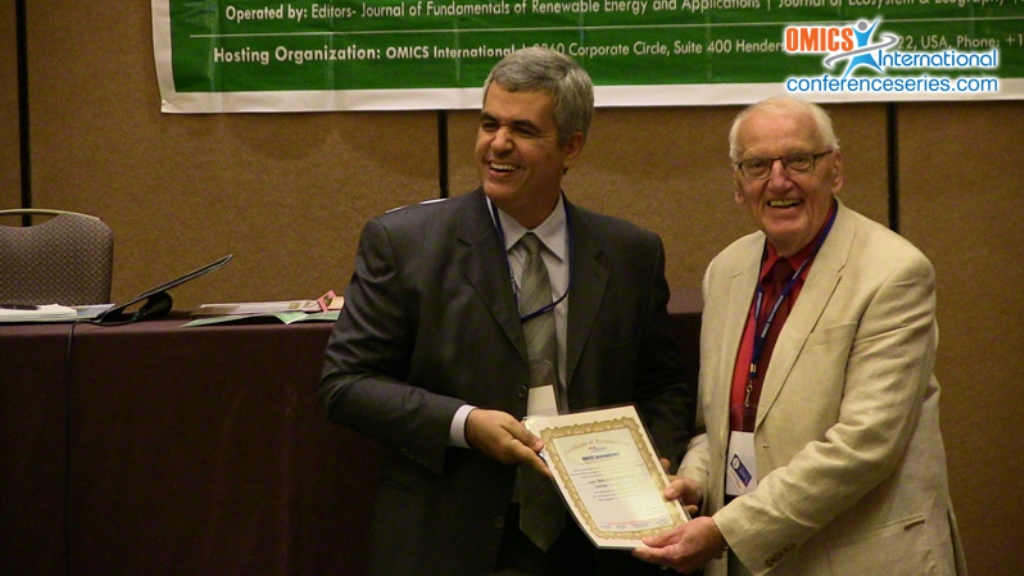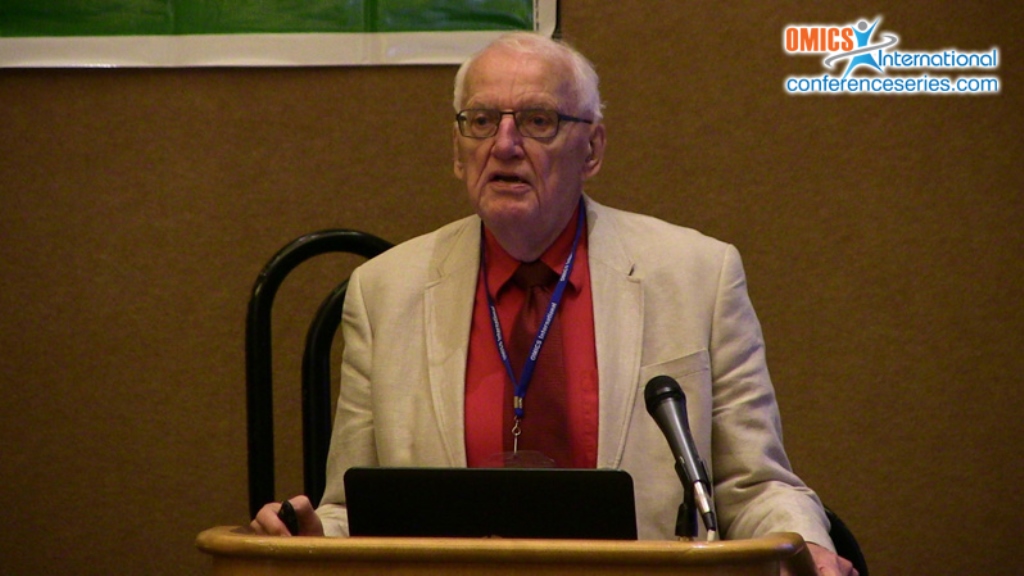
Sven Erik Jørgensen
Copenhagen University, Denmark
Title: Application of ecological models for assessment of sustainability
Biography
Biography: Sven Erik Jørgensen
Abstract
There has lately been an increased interest in sustainability assessment and models have been developed to assess the sustainability of ecosystems, a natural area for instance a landscape and of a well-defined area that includes not only ecological processes but also socio-economic activities. Our experiences with sustainability assessment projects are still very limited, but from many sides it has been proposed which key variables to include in such an analysis. The use of work energy as a sustainability indicator that includes expressions of natural and socio-economic activities has been proposed and also tested with a reasonable success. The efficiency of the use of work energy in general and the amount of work energy needed to maintain the various subsystems and their capacity of work energy were included in these analyses. It is, however, clear that one indicator is insufficient to assess a sustainability of a very complex system. It has therefore been proposed to supplement the use of work energy as indicator with development of models of the most important cycles for natural and socio-economic systems, namely the cycles of carbon, nitrogen and water. Two ecological factors are in focus when it is discussed what is important to include in a sustainability analysis, namely the services offered by the ecosystems and the biodiversity, that is important for the spectrum of resistances to possible impacts on the systems. It is probably important to include these two ecological factors as direct indicators in the sustainability analysis, although they are both to a certain extent covered by the work energy analysis. Socio-economic indicators are of course also needed but it is beyond the scope of this presentation. The result of use of models for the assessment of the global sustainability by use of a “limits to growth”- like model will be presented. The model has been used to assess the global development in the case of 1) more support to the developing countries by the industrialized countries 2) more green tax to reduce depletion of resources3) more investment in pollution control including the emission reduction of the greenhouse gases 4) more investment in education and research to develop new solutions of the global problems.. It can be shown that these investments and changes lead to a win-win situation. The model has also been used to calculate the ecological footprint by various scenarios. These results will be presented, too.



